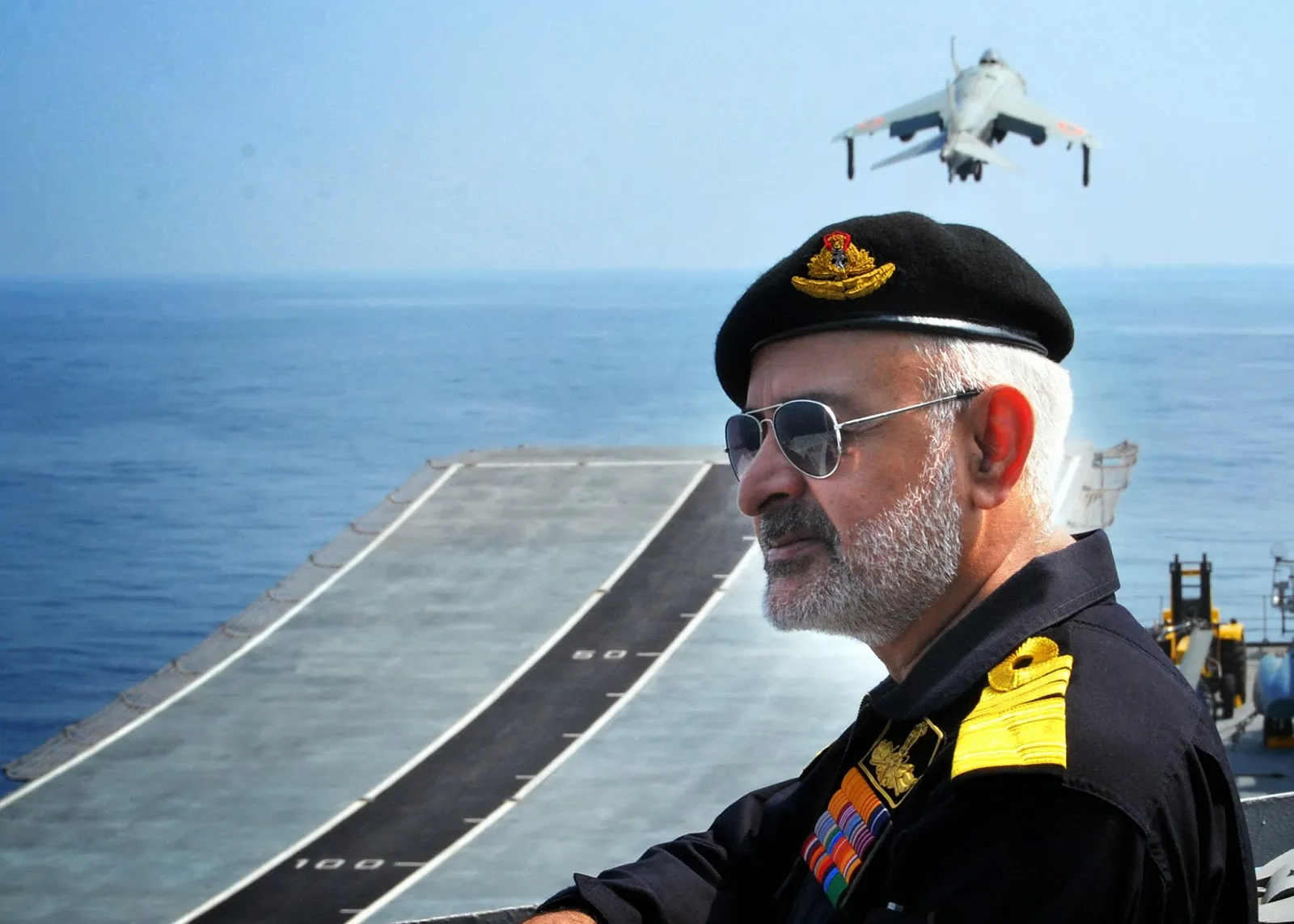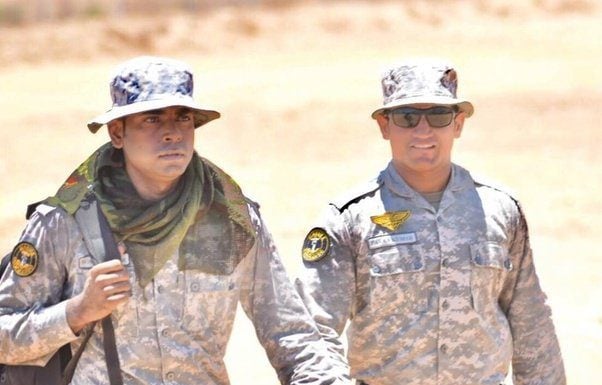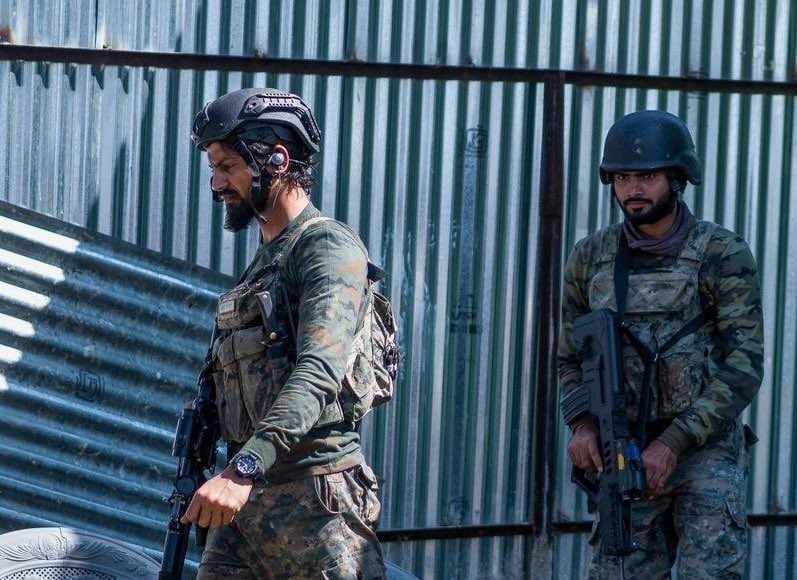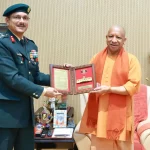The grooming policy of the Indian Navy has undergone significant evolution over the years, reflecting changes in societal norms, cultural values, and operational requirements. Historically, naval personnel have adhered to strict grooming standards, often dictated by notions of discipline and uniformity.
The current grooming policy permits Indian Navy personnel to maintain beards under specific conditions. This shift is indicative of a broader recognition of individual rights within the armed forces, balancing tradition and modernity. The policy is not universally applicable to all personnel; instead, it is contingent upon various factors such as roles, responsibilities, and operational requirements.
MARCOS (Marine Commandos) often undertake covert operations in varied terrains—whether in maritime environments, jungles, or urban settings. Being able to blend in with the local population or environment can be critical. A beard can help break the typical “clean-shaven military” appearance, making commandos less conspicuous during undercover assignments.
In essence, Indian Navy MARCOS keep beards primarily for operational advantages—undercover work, local engagement, and unit identity. This relaxed grooming standard is an integral part of their status as an elite special operations force.
Moreover, the Indian Navy’s grooming standards aim to ensure that personnel maintain a professional appearance while also accommodating personal beliefs and cultural practices. This adaptability reflects a growing understanding that the armed forces can embrace diversity without compromising their operational effectiveness.
Historical Context: Beards in the Indian Military
Beards have held a significant place in Indian culture and history, symbolizing masculinity, honor, and respect. In the context of the Indian military, facial hair has been a subject of both tradition and regulation. Historically, many soldiers in the Indian Army and Navy have sported beards, with their grooming styles often influenced by regional customs and personal beliefs.
During the British colonial era, strict grooming policies were enforced, often requiring personnel to remain clean-shaven. These regulations were reflective of the broader military ethos of the time, emphasizing discipline and conformity. However, as India gained independence and developed its own identity, there was a gradual reevaluation of these policies, allowing for a resurgence of traditional grooming practices.
In recent years, the Indian Navy has recognized the importance of beards within the context of cultural and religious practices, leading to a more nuanced approach. This historical evolution highlights the dynamic interplay between military discipline and individual expression, showcasing the Indian Navy’s ability to adapt to changing societal norms.
Religious and Cultural Significance of Beards in India
In India, beards carry deep religious and cultural significance, particularly within Sikhism. For many Sikhs, maintaining a beard is an expression of their faith and commitment to the principles of their religion. Recognizing this cultural and religious significance, the Indian Navy has made efforts to accommodate the diverse backgrounds of its personnel.
The inclusion of beards in the grooming policy allows Sikh personnel to express their religious identities without compromising their roles within the Navy. This consideration is vital for fostering an inclusive environment where individuals feel respected and valued for their beliefs. The Indian Navy’s approach signifies a commitment to diversity and an understanding of the importance of cultural representation within the armed forces.
Moreover, the acceptance of beards also reflects broader societal changes, where traditional norms are being reconsidered in light of contemporary values. The Indian Navy’s grooming policy serves as a testament to the evolving perception of personal liberties within the military framework, enhancing the overall morale and cohesion among personnel.
The 2016 Supreme Court Ruling on Beards in the Indian Navy
In 2016, the Supreme Court of India made a landmark ruling that significantly impacted the grooming policy of the Indian Navy. The court’s decision allowed naval personnel to maintain beards while serving, provided they adhered to specific guidelines. This ruling was a pivotal moment in recognizing the rights of individuals to express their cultural and religious identities within the framework of military service.
The Supreme Court’s decision stemmed from a petition filed by a naval officer who sought the right to maintain a beard for religious reasons. The court emphasized the need for the armed forces to evolve with changing societal norms and to respect the personal beliefs of their personnel. This ruling not only affirmed the rights of individuals but also highlighted the importance of inclusivity within the ranks of the Indian Navy.
Following the Supreme Court’s decision, the Indian Navy revised its grooming policy to incorporate provisions for beards. This change was met with widespread approval among personnel, as it demonstrated a shift towards a more inclusive and understanding military culture. The ruling has since become a cornerstone in discussions surrounding personal grooming standards in the armed forces.
Exceptions to the Beard Policy: Who Can Keep a Beard?
While the Indian Navy’s grooming policy allows for beards, it is essential to understand the specific exceptions and conditions under which personnel can maintain facial hair. The policy outlines that beards are permissible primarily for those whose religious beliefs necessitate it, such as Sikh. This targeted approach ensures that the rights of individuals are upheld while maintaining operational readiness.
In addition to religious exemptions, there are practical considerations related to the roles and responsibilities of naval personnel. For instance, certain positions that involve specialized equipment, such as diving or aviation, may require personnel to adhere to stricter grooming standards to ensure safety and functionality. In these cases, personnel may be required to remain clean-shaven to ensure a proper seal with equipment like masks or helmets.
Furthermore, the Navy’s leadership is tasked with assessing individual requests for exceptions on a case-by-case basis. This process ensures that the needs of the organization are balanced with the personal beliefs and cultural practices of its members. Overall, these exceptions reflect the Navy’s commitment to inclusivity while also prioritizing operational effectiveness.
Balancing Tradition and Operational Requirements
Balancing tradition with operational requirements is a complex challenge faced by the Indian Navy. While the allowance for beards represents a progressive step towards inclusivity, it also necessitates a careful consideration of how these changes align with the Navy’s core values and operational capabilities. The Navy must navigate the delicate interplay between upholding traditions and adapting to modern expectations.
One approach the Navy has adopted is to establish clear guidelines regarding the maintenance and grooming of beards. These guidelines ensure that personnel can honor their cultural and religious practices while still presenting a professional image. For example, beards must be kept well-groomed and tidy, reflecting the disciplined nature of military service. This approach successfully accommodates individual expression without compromising the Navy’s commitment to professionalism and discipline.
Moreover, the Indian Navy recognizes that operational readiness is paramount. As such, personnel in roles that require specific grooming standards are still held to those expectations. This careful balancing act allows the Navy to respect personal identities while ensuring that all members remain mission-ready and capable of fulfilling their duties.
Comparison with Other Naval Forces Worldwide
The grooming policies of naval forces worldwide vary significantly, often reflecting cultural norms and operational requirements. In many Western navies, such as the United States Navy and the Royal Navy, personnel are typically required to adhere to strict grooming standards. However, there are also examples of navies that allow for more flexibility regarding facial hair.
For instance, the Royal Australian Navy has adopted a more relaxed approach, permitting personnel to have beards as long as they are neatly groomed. This policy reflects a growing trend among naval forces to recognize the importance of individual expression and cultural identity within military service. Similarly, navies in countries with significant Muslim populations, such as Pakistan and Turkey, have established grooming policies that accommodate beards as a reflection of cultural and religious practices.
The Indian Navy’s approach to beards thus aligns with a broader global trend towards inclusivity and respect for personal beliefs. By allowing beards for personnel who identify with certain religious or cultural backgrounds, the Indian Navy showcases its commitment to diversity and the evolving nature of military service in the 21st century.
Impact on Recruitment and Retention in the Indian Navy
The allowance for beards has the potential to positively impact recruitment and retention rates within the Indian Navy. By adopting a more inclusive grooming policy, the Navy signals its commitment to respecting cultural and religious identities, which may attract a broader pool of candidates. This inclusivity can enhance the Navy’s reputation as an employer of choice, particularly among those who value diversity and representation.
Moreover, for existing personnel, the ability to maintain a beard can enhance job satisfaction and morale. When individuals feel that their personal beliefs and identities are acknowledged and respected, they are more likely to remain committed to their roles. This sense of belonging can lead to improved retention rates, ultimately benefiting the Navy by fostering a cohesive and motivated workforce.
Additionally, the Navy’s progressive stance on grooming policies may also resonate with younger generations who prioritize inclusivity and personal expression. As societal expectations continue to evolve, the Indian Navy’s willingness to adapt its policies can position it as a forward-thinking organization that values the diverse backgrounds of its personnel.
Controversies and Debates Surrounding the Beard Policy
Despite the positive changes in the Indian Navy’s grooming policy, there remain controversies and debates surrounding the allowance for beards. Critics argue that permitting facial hair may compromise safety and operational effectiveness, particularly in roles that require specialized equipment. Concerns have been raised about the potential for beards to interfere with gas masks or other protective gear, leading to calls for stricter grooming standards.
On the other hand, supporters of the beard policy contend that with proper guidelines in place, safety concerns can be effectively managed. They emphasize that the Navy has the capacity to maintain operational readiness while respecting the cultural and religious identities of its personnel. The debate often centers around finding the right balance between individual expression and the practical needs of military service.
Furthermore, discussions surrounding the beard policy also touch upon broader themes of inclusivity within the armed forces. Advocates for diversity argue that accommodating personal beliefs is essential for fostering a positive and respectful military culture. These debates reflect the ongoing evolution of military policies in response to changing societal norms and expectations.
The Future of Grooming Standards in the Indian Navy
The future of grooming standards in the Indian Navy appears to be one of continued evolution and adaptation. As societal values shift and the importance of diversity is increasingly recognized, the Navy is likely to further refine its policies to accommodate the needs and identities of its personnel. This ongoing evolution may include expanding the range of acceptable grooming practices or implementing additional training for leadership on inclusivity.
Moreover, the Indian Navy’s commitment to inclusivity may inspire similar changes in other branches of the Indian Armed Forces. As the military landscape continues to evolve, the Navy’s progressive approach to grooming standards may set a precedent for broader acceptance of diversity within the armed forces.
Ultimately, the future of grooming standards will be shaped by a combination of operational requirements and the desire to create an inclusive environment for all personnel. By continuing to engage in open dialogue and actively seeking feedback from its members, the Indian Navy can ensure that its grooming policies remain relevant and reflective of the diverse identities within its ranks.
In conclusion, the allowance for beards within the Indian Navy represents a significant shift towards inclusivity and respect for cultural and religious identities. The evolution of grooming policies reflects broader societal changes and highlights the importance of balancing tradition with operational requirements. As the Navy continues to adapt to changing expectations, its commitment to inclusivity will play a crucial role in shaping the future of military service in India.















